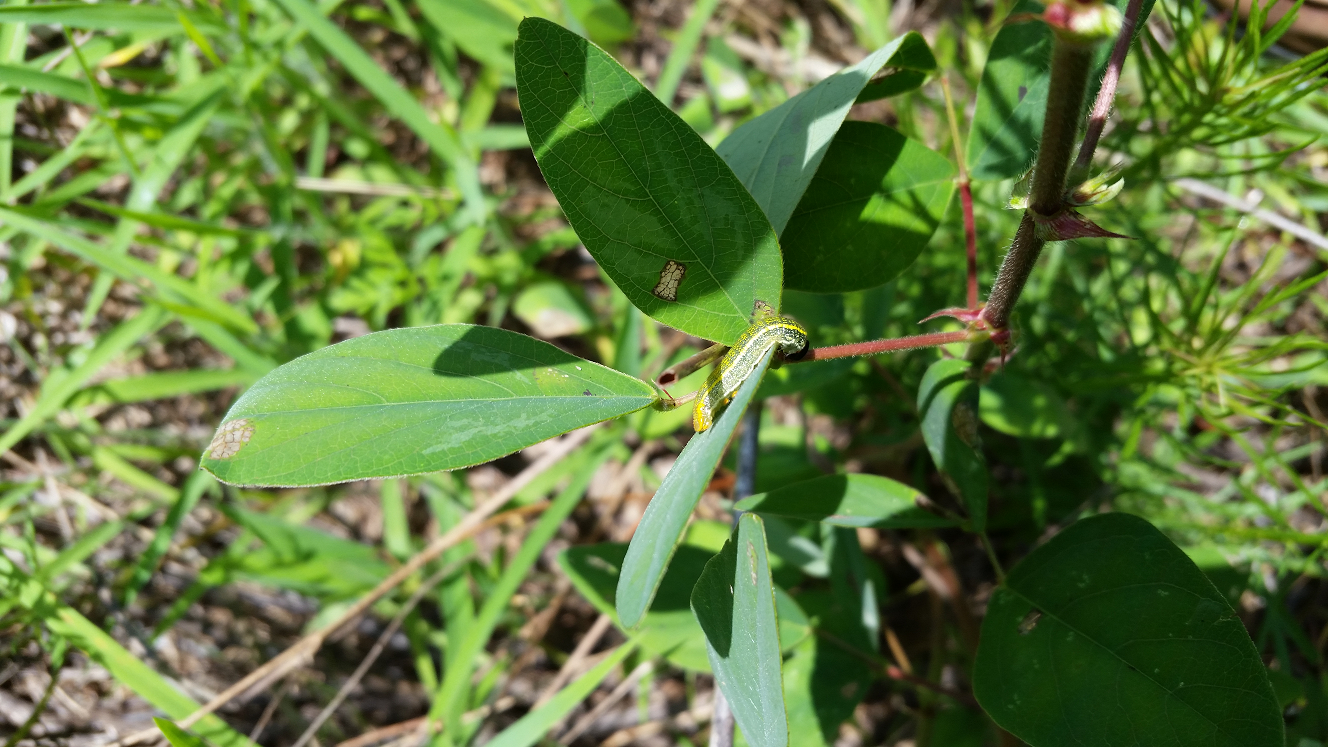Insects, like humans, do not like exerting more effort than is necessary. They are also picky eaters. When an insect lands on a plant that it cannot eat or doesn’t prefer to eat, then it must exert more time and effort to search for a more palatable host plant. Fortunately for the farmer, the more time spent searching for a host equates to less time damaging crops and multiplying. Sometimes, the pest will evacuate the area completely and hopefully perish. Unfortunately, however, weeds growing in and around your crops not only rob the soil of nutrients, but many weed species serve as hosts to plant pests. These weeds are not only detrimental to a cash crop, but they can also serve as a host to crop pests on the edge of a field.
A few simple practices can help exclude pests from your crops:
- Sanitation – Keep the ground immediately adjacent to your fields (10-20 feet) free from weeds. Most likely, you have roads throughout your fields. It is important to control weeds on these roads and to extend the weed free area around your fields out to at least 10 feet.
- Scouting – Not only should you scout the crops in your field, but you should also scout the areas around your field. Scout the areas especially if you did not follow step number one.
- Plant Trap Crops – A trap crop can be planted to draw pests away from the cash crop. Trap crops are an alternate host for the pest. They can be planted along the perimeter of the field and sprayed with insecticide when an insect threshold is reached. View Trap Cropping in Vegetable Production: One Tool for Managing Pests for a list of trap crops suitable for the Southeast.
Insects do not like their feeding patterns to be disrupted. You can modify their feeding progression by eliminating host plant species along their path to destruction. In turn, you can potentially reduce the amount of insecticide applications needed to control them which saves you both time and money. Two publications that will give you more information on this topic are Intercropping, Crop Diversity and Pest Management and Exclusion Methods for Managing Greenhouse Vegetable Pests.
- Crops to Consider for Fall Planting - September 26, 2025
- Benefits of Manure Fertilizers and Analysis - March 21, 2025
- Mushrooms – A Crop Worth Consideration for the Back Forty - October 4, 2024

